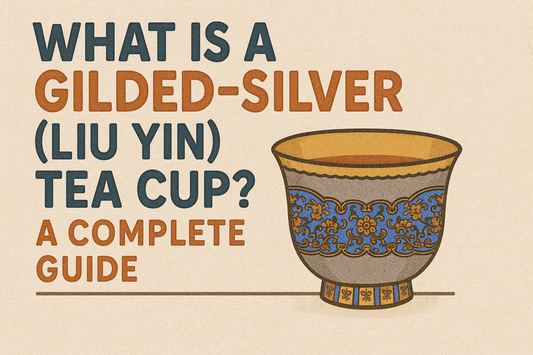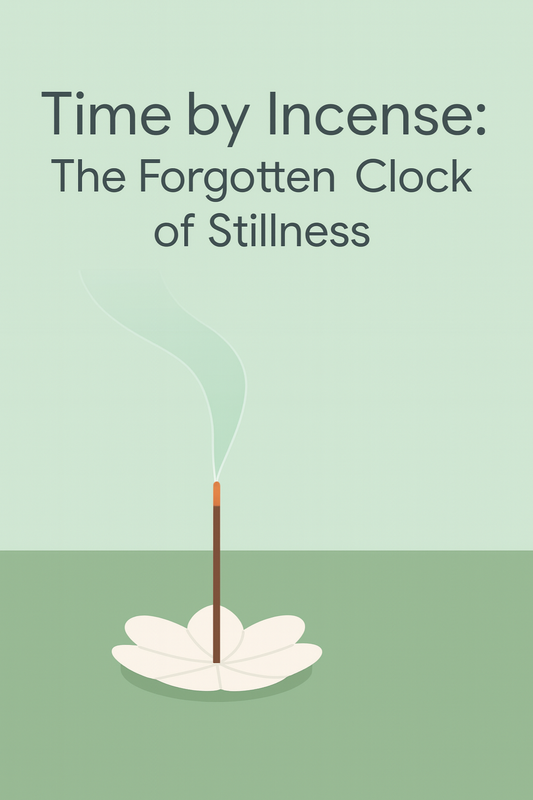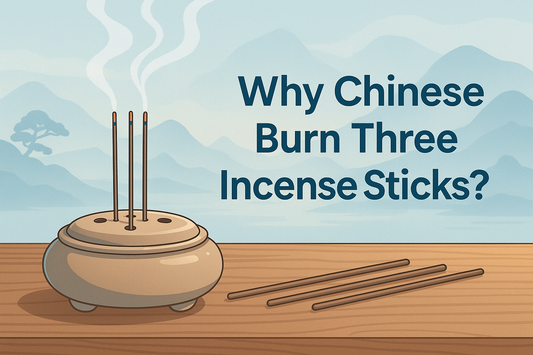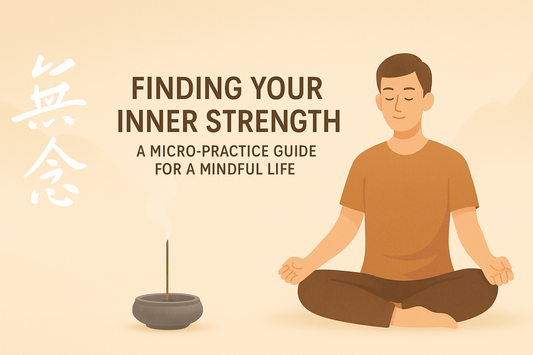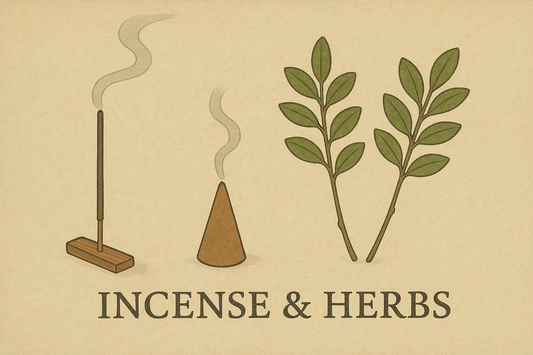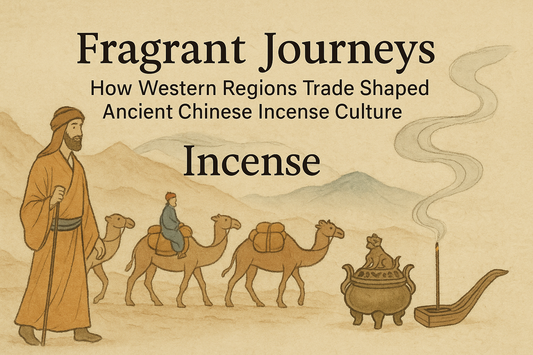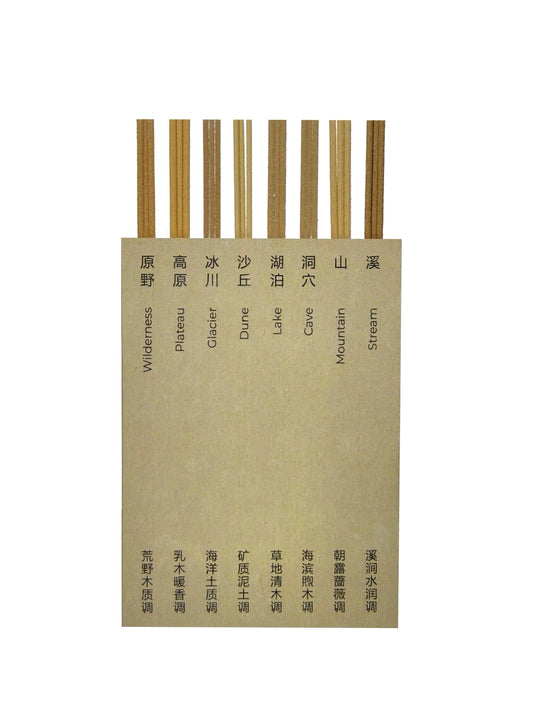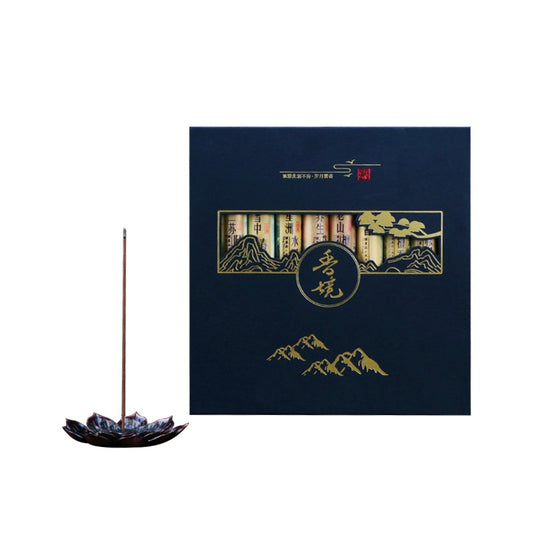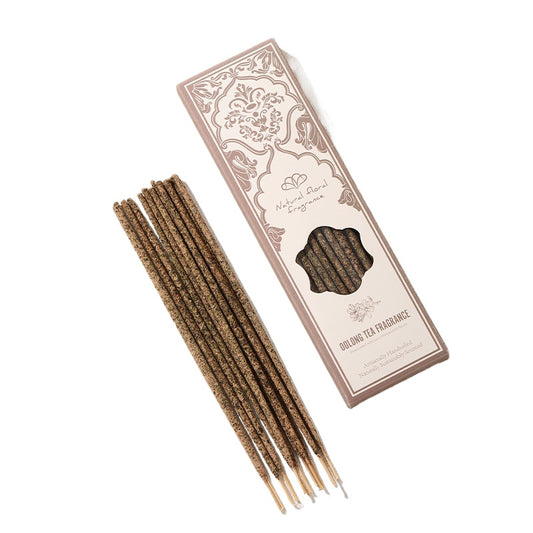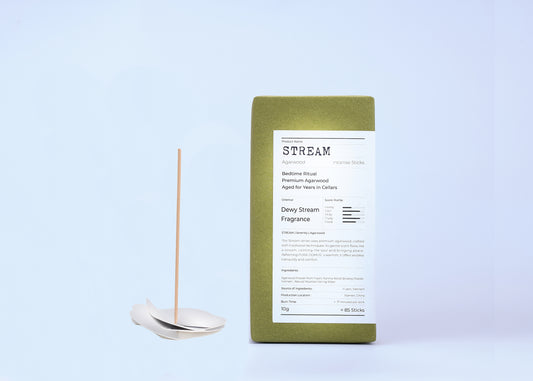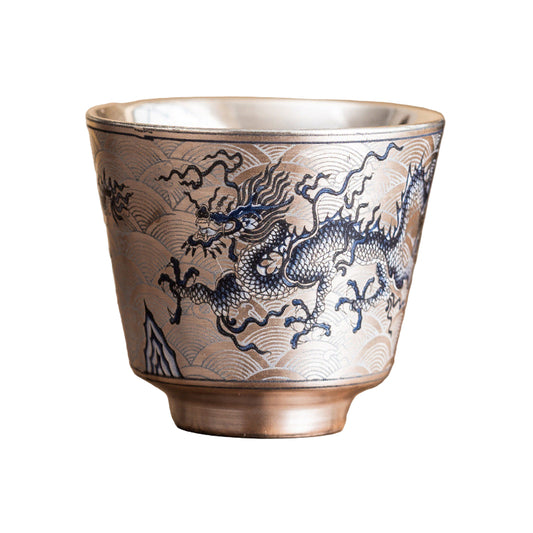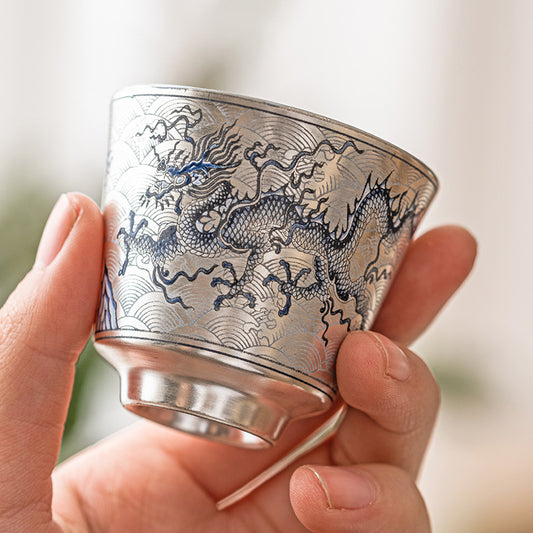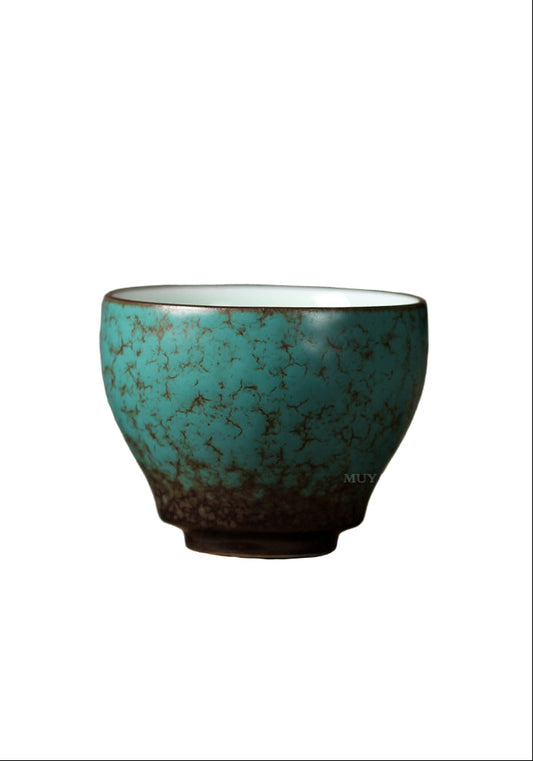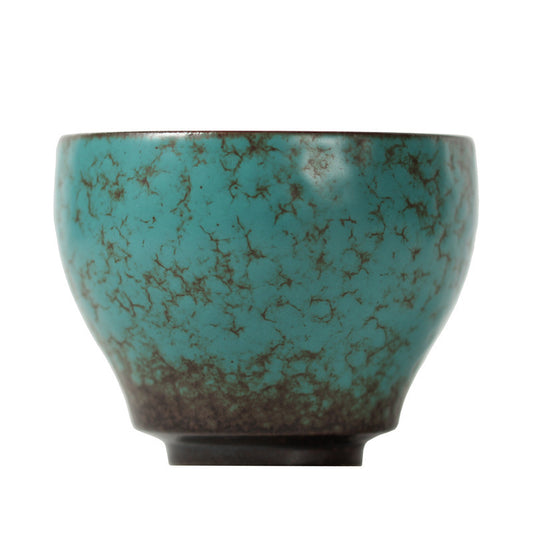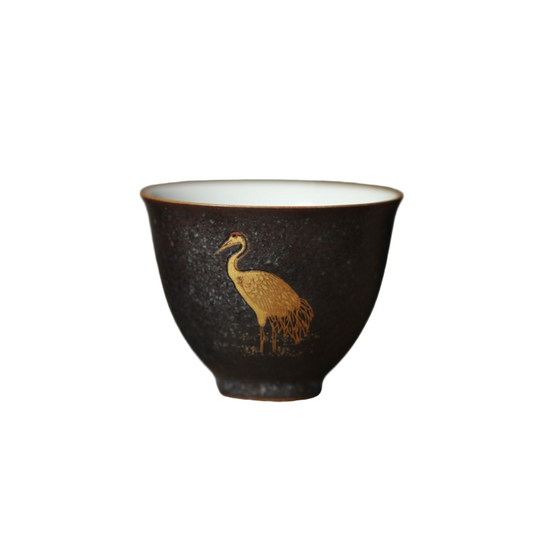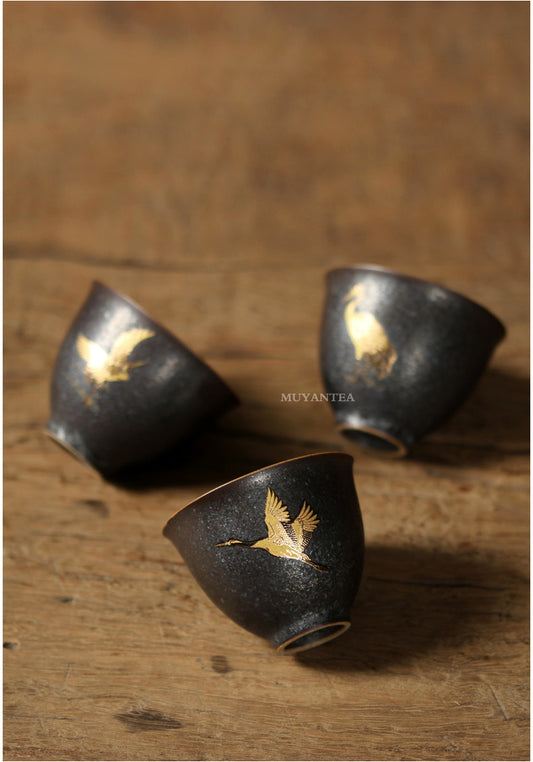
Traditional Chinese Incense Making: A Gentle Guide to Natural Fragrance and Cultural Memory
Incense as a practice of presence, not just perfume.
1. Incense Beyond Fragrance: Historical and Cultural Roots
In Chinese history, incense has accompanied medicine, meditation, religious ceremony, and literary life. From Buddhist temples to Song Dynasty studies, incense was not only burned—it was understood.
Records show that even in the 10th century, monk Zhizu opposed extravagant imports and instead burned local cypress seeds. Later, literati like Su Dongpo referenced homemade incense in poetry, integrating it with seasonal rhythms and personal reflection.
Traditional incense carried not just aroma, but symbolic resonance—marking time, cleansing space, and connecting breath with presence.
2. Ingredients: From Forest to Furnace
- Wood powders (e.g. sandalwood, aloeswood)
- Binding agents such as elm bark powder or honey
- Medicinal spices like clove, cinnamon, or star anise
- Natural oils (e.g. styrax, frankincense, rosewater)
These were not random: each component was chosen for aroma, therapeutic property, and energetic effect in line with traditional Chinese thought.
3. The Craft Process: Gentle and Unhurried
Unlike industrial production, traditional incense-making is time-intensive and hands-on. The process includes:
- Grinding: Ingredients ground into fine powder by hand or stone mill.
- Binding: Powders mixed with natural binders to form a dough.
- Shaping: Rolled, molded, or pressed into incense sticks, cones, or cakes.
- Drying: Slowly air-dried to preserve structure and scent.
- Storage: Sealed in ceramic containers to mature over time.
No synthetic perfume oils, dyes, or combustion agents are used in this method.
4. Everyday Waste, Sacred Ingredient
One of the most poetic aspects of historical incense is its frugality. “Four Harmony” incense, for example, was made from orange peel, pear pulp, lychee shells, and sugarcane fiber—essentially kitchen scraps transformed through skill and time.
These choices reflect a cultural value: that even the discarded has purpose, if treated with respect.
5. Incense and the Ritual of Attention
Burning incense was—and remains—a ritual of arrival. In Buddhist practice, three sticks may be offered with the intentions:
- To honor the wisdom of the Buddha
- To uphold the teachings (Dharma)
- To support the community of practice (Sangha)
Outside of temples, incense marked moments of pause: before writing, after cleaning, at the start of meditation.
“The purpose of incense is not to perfume the room, but to remind the heart.”
FAQ:
- What is the main difference between traditional and modern incense?
- Traditional incense uses only natural substances—wood, herbs, resins—without synthetic perfume or fillers.
- Is it possible to make incense at home?
- Yes. Many traditional methods rely on accessible ingredients like citrus peel and honey. The key is care and patience.
- Does handmade incense help with mindfulness?
- Yes. The act of lighting incense supports presence, stillness, and ritualized entry into mindfulness practice.
- What is the safest way to burn incense indoors?
- Use a proper holder, burn in a ventilated space, and choose natural incense to reduce irritation.
- Why preserve these traditional methods today?
- They reflect a worldview where natural materials, time, and intention are honored—offering us more than just fragrance.


